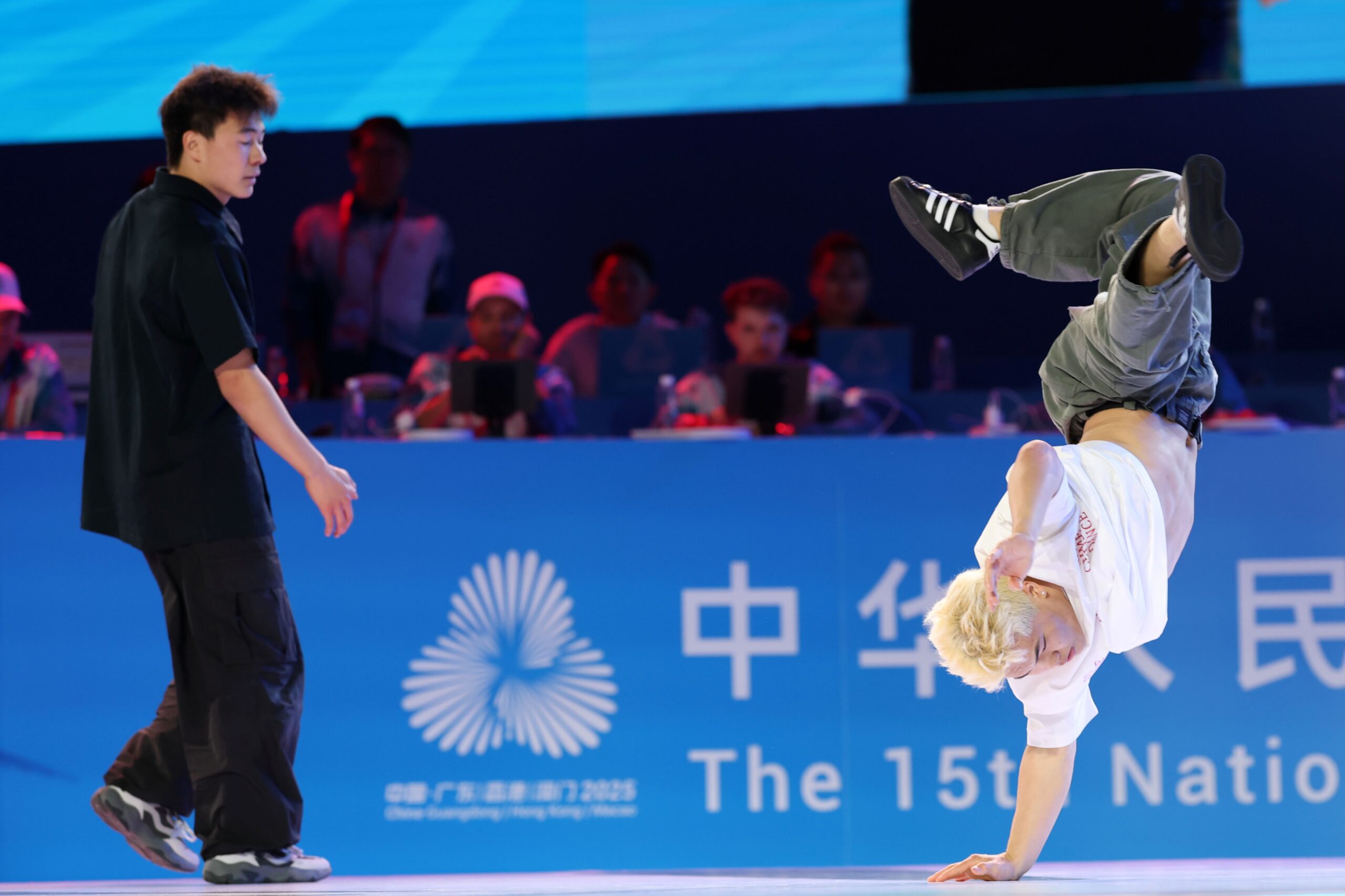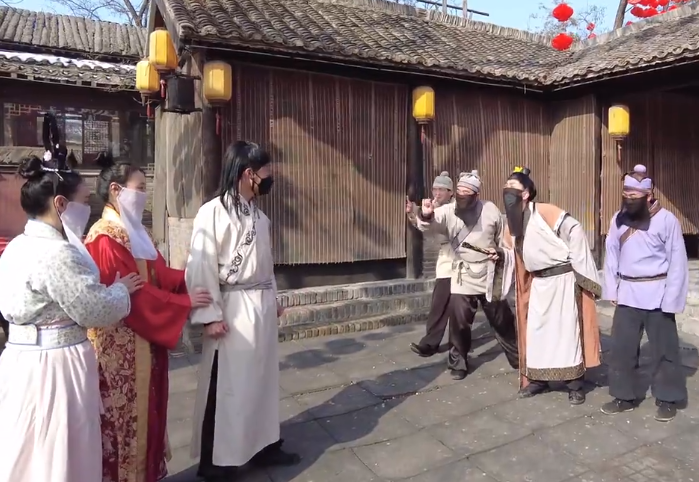Exoskeleton robots go viral in China, making mountain hikes easier for tourists of all ages.
In many of China’s top tourist destinations, a high-tech device—exoskeleton robots—is quietly changing the way people experience hiking. From Mount Tai and Wuyi Mountain to the Enshi Grand Canyon and Shenzhen Safari Park, this once industrial and rehabilitation-focused technology has become a new must-try attraction for visitors.
Exoskeleton robots are wearable assistive devices equipped with AI algorithms and powered support systems. They sense the wearer’s movements in real time and automatically adjust assistance strength based on slope and walking pace. They provide extra power going uphill and added stability going down. Tests show they can reduce climbing fatigue by 30% to 40%.

A Nationwide Trend
At Mount Tai, one of China’s most iconic mountains, the “π” exoskeleton robot developed by Shenzhen-based Kenqian Technology weighs only 1.8 kg. A single charge supports about 14 km of assisted walking. Several rental stations are set up, with a price of 80 yuan for three hours. During holidays, demand has even exceeded supply.
During the May Day holiday, nearly 50 exoskeleton units were quickly rented out at the Enshi Grand Canyon in Hubei. According to staff, average hiking time dropped by 40%, and visitor satisfaction rose by 90%.
At Huangshan, another famous mountain, a more advanced “smart hiking kit” is currently being tested. It includes an exoskeleton, a smart knee brace, and a hiking pole. These tools not only help visitors but also reduce the strain on park employees who walk over 20,000 steps a day.

A Boost for All Ages and Nationalities
In early April, scenic spots like Taimu Mountain in Fujian also introduced terrain-adaptive exoskeletons. These units use a waist support system with powered assistance, helping to offload up to 10 kg of weight and reduce muscle strain.
“The moment you step onto a staircase, you feel a gentle push helping you upward. It really makes climbing much easier,” said one visitor. Another commented, “It’s surprisingly practical. When I lift my leg, it boosts the motion, and it feels like there’s a spring in my step.”
This technology has also opened up new possibilities for older travelers. With the help of exoskeletons, many seniors can now climb to the top, enjoy the views, and fully participate in hiking experiences once considered too challenging.
International tourists can join in too. Most rental stations accept passport registration and offer multi-language instructions. Major scenic spots like Mount Tai and Huangshan now provide English guidance and support. Payments via Alipay, WeChat, or credit card are available. No complicated training is needed—staff assist on-site with wearing and adjusting the device.
From “tough climb” to “easy stroll,” exoskeleton robots are not only making hiking more comfortable but are also boosting the development of smart tourism in China. In the future, more destinations are expected to adopt AI-driven solutions to enhance visitor experience and accessibility.
Tips & Reminders for Exoskeleton Users
——Suitable for adults weighing between 50–100 kg
——Not recommended for those with knee surgery history or mobility issues
——The device supports your legs but doesn’t replace walking—it’s not an electric scooter
——Arrive early or reserve in advance during peak holidays
——International visitors can rent with a passport; Alipay, WeChat, and credit cards are often accepted
——Check official websites or WeChat accounts for rental details and language services before your visit
Witten by Chen Wang, additional reporting by CNS、ql1d.com、21jingji.com.
If you liked this article, why not read: From Lab to Life: Smart Tech Shines at Beijing Expo











